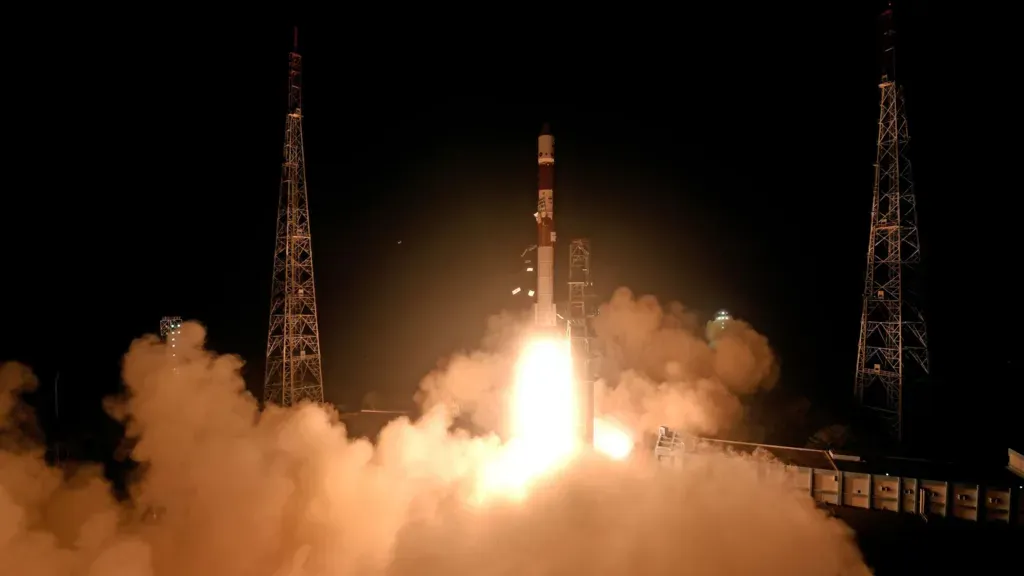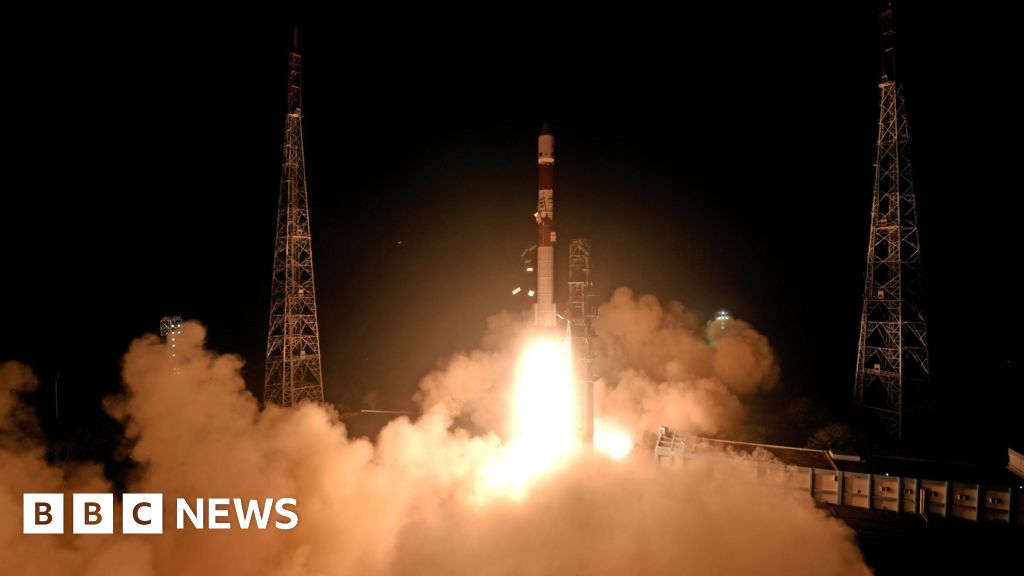

On January 16, 2025, the Indian Space Research Organization (ISRO) successfully conducted its first in-space docking operation, marking India as the fourth nation to achieve this technological milestone after the United States, Russia, and China.
The Space Docking Experiment (SpaDeX) involved two 220 kg satellites, designated as the Chaser (SDX01) and the Target (SDX02). Launched on December 30, 2024, aboard a Polar Satellite Launch Vehicle (PSLV) from the Satish Dhawan Space Centre, the satellites were placed into a 470 km circular orbit.
After a series of maneuvers to establish a safe separation distance, the Chaser autonomously approached and docked with the Target. This operation is pivotal for future missions requiring satellite servicing, space station assembly, and complex exploratory endeavors.
Prime Minister Narendra Modi lauded the achievement, stating it is "a significant stepping stone for India's ambitious space missions in the years to come."
The SpaDeX mission also aims to demonstrate the transfer of electric power between docked spacecraft, a capability essential for in-space robotics and composite spacecraft control. Additionally, the mission includes experiments such as studying plant growth in microgravity conditions, with cowpea seeds successfully germinating within four days of launch.
This accomplishment underscores India's growing capabilities in the global space sector, aligning with its plans for future projects, including the development of a space station and interplanetary missions.
References:
 Wikimedia Foundation, Inc.Contributors to Wikimedia projects
Wikimedia Foundation, Inc.Contributors to Wikimedia projects
 The TimesAmrit Dhillon, Delhi
The TimesAmrit Dhillon, Delhi
 BBC News
BBC News